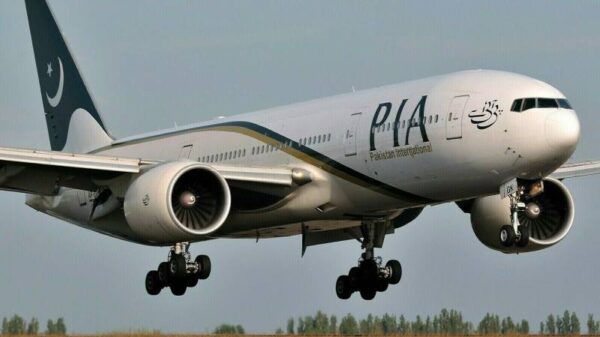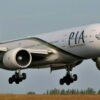As it battles its worst economic crisis in more than 70 years, Sri Lanka’s annual inflation rate increased to more than 70% in August.
Additionally, according to official data, food costs increased 84.6% from a year earlier.
The 22 million-person South Asian nation descended into political and economic anarchy this year due to a lack of foreign money.
The nation has struggled to pay for essential imports like petroleum, fertilizer, and medication.
The Central Bank of Sri Lanka predicted that inflation will decline last month as the nation’s GDP slowed after reaching a peak of around 70%.
According to official data released last week, the economy shrank by 8.4% in the three months leading up to the end of August.
Prior to the pandemic, Sri Lanka mainly relied on foreign exchange from tourism, including US dollars.
Although intended to stop the spread of Covid-19, border closures drove travelers away and had a significant negative impact on the nation’s economy. Sri Lanka’s early this year debt default was caused by this as well as years of financial mismanagement.
Last month, the Central Bank of Sri Lanka forecast a fall in inflation as the country’s GDP slowed after peaking at almost 70%.
In the three months prior to the end of August, the economy shrunk by 8.4%, according to official data released last week.
Prior to the pandemic, Sri Lanka primarily relied on foreign currency from US dollars earned from tourists.
Border closures, despite being designed to stop the spread of Covid-19, discouraged travelers and had a seriously detrimental effect on the economy of the country.
This, along with years of financial mismanagement, contributed to Sri Lanka’s debt default at the beginning of this year.










